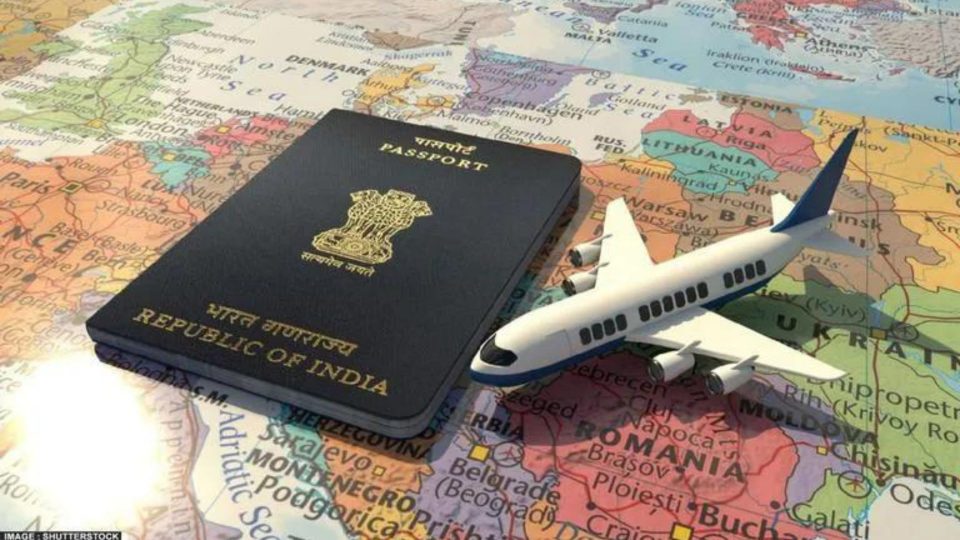
In 75 years of India’s Independence, Rupee’s Journey From 4 To 80 Dollar
Let us glance at how the Indian currency rupee has fared against other global benchmark peers since 1947
Then, in 1991, India had another severe economic crisis as a result of its inability to pay for imports and fulfill its commitments under its foreign debt.
India was once more on the verge of default, necessitating urgent reforms to open the economy of the nation.
According to reports, the Reserve Bank of India sharply depreciated the rupee by 9% and 11%, respectively, to address the situation. After the devaluation, the rupee’s exchange rate to the US dollar was somewhere about 26.
The rupee has lost 75 percent of its value in the last 75 years, going from 4 against the then-benchmark Pound sterling at the time of Independence to somewhere between 79 and 80 against the US dollar.
“We anticipate that the rupee might depreciate versus the US dollar moving forward, but the speed of depreciation could be slowing down as a result of a substantial war chest constructed by the RBI in the reform of foreign currency reserves,” Mr. Somaiya said.

Even while the declining value of the rupee may not benefit the overall economy, it does have advantages since it helps to increase exports.
According to Dilip Parmar, Research Analyst at brokerage firm HDFC Securities, since the economic reforms of 1991, the rupee has been losing value against the US dollar at a compound annual growth rate (CAGR) of 3.74 percent due to inflation and the difference in interest rates between the US and India.
Also Read
Step By Step Guide To File A Revised ITR Online?
The enormous foreign investment that entered the nation helped to stabilise the rupee between 2000 and 2007, although it subsequently fell during the 2008 global financial crisis.
Further reviewing the history, Mr. Parmar said, “we see that considerable depreciation began from 2009 forward, from 46.5 to presently at 79.5, representing a 4.3 percent CAGR as opposed to almost stable between 2000 and 2009, from 46.7 to 46.5.”
The US dollar, which serves as the reserve currency for practically all nations, is bad for other currencies, particularly when there is extreme market volatility.
Because import costs rise, domestic inflation may be set off, which might lower the economy’s buying power.
Increasing import costs might result in a wider Current Account Imbalance (CAD). India’s trade deficit for April through July 2022 was $100.01 billion.
The rising trade imbalance is another factor in the rupee’s depreciation.
For the record, the Indian rupee depreciated against the US dollar in July, falling below the psychologically significant threshold of 80 for the first time, as demand for the greenback increased due to rising crude oil prices and tighter global supply.
Also Read
Here Are Some Best Investment Options If You Have Rs 2 Lakh To Put
However, there is a bright side.
A large increase in trading in oil and other commodities in currencies like the Renminbi, Hong Kong Dollar, and Arab Emirates Dirham at discounted rates, according to SBI Research’s most recent analysis, is taking place in the global currency market.
“Dollar distance is finally taking place; isn’t it time for India to position the Rupee as a reliable, secular alternative in the shifting global order?” In its study, SBI Research questioned.
? Join our Telegram Channel (Viral Bake) for the Latest News and Updates



